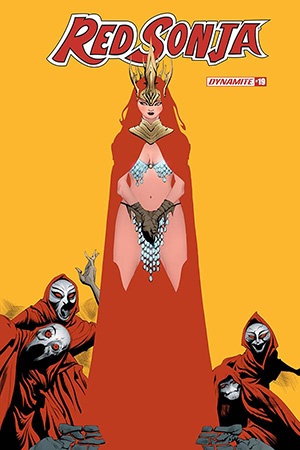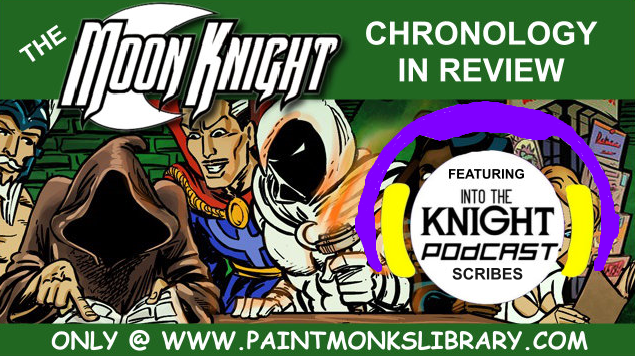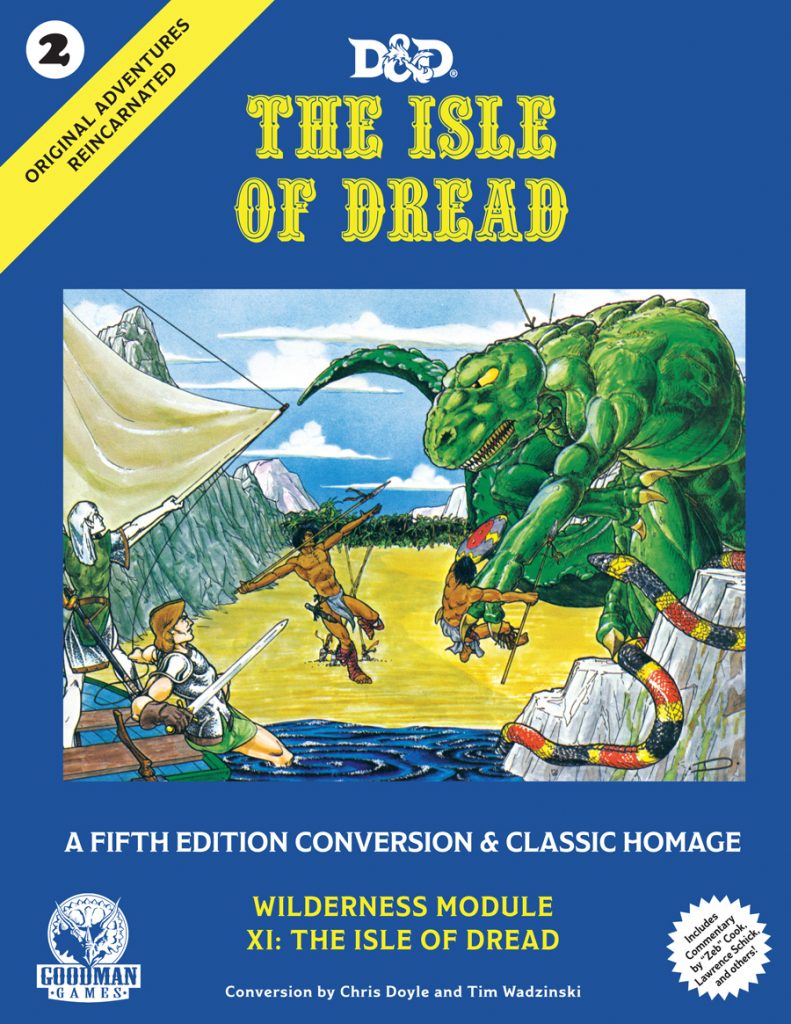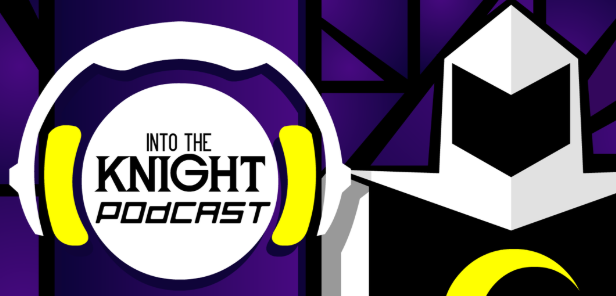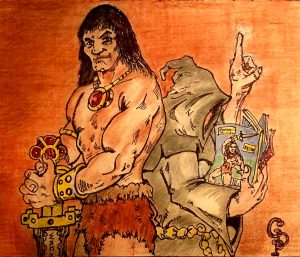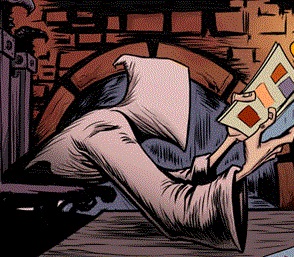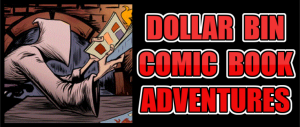
(EDITOR’S NOTE: Paint Monk’s Library, in collaboration with the enthusiastic staff over at the Into the Knight Podcast, is tackling the Moon Knight chronology!
Regularly, we’ll take an in-depth look at the Fist Of Khonshu in a series of reviews, all in order of character appearance! These reviews will appear on Monday each week until we’ve covered them all, or until the enthusiastic Loonies get too exhausted to write. Whichever comes first!)
By JUSTIN O. – Guest Writer
Here we go, fellow Loonies! After a classic debut appearance in Werewolf By Night and then a few clunky guest-appearances, we’re now treated to a long string of legendary stories helmed by co-creator and writer Doug Moench and the masterful artwork of Bill Sienkiewicz.
These appearances in the Hulk magazine were crucial for Moon Knight, as his popularity in these stories laid the ultimate groundwork for what would eventually be his first full series at Marvel.
I would like to give a bit of recognition where it is due. The colors of Steve Oliff are the real standout of all of Moon Knight’s Hulk magazine appearances. If I have my comic history in order, Oliff was doing color separation at the time using different techniques. These gave everything a hue, not unlike a watercolor, that worked to enhance the dark magic of these early tales.
Colorists don’t get nearly enough credit where many of them deserve it, and it’s fair to say that Oliff provides a vital contribution here. It’s also important to note the inks of Bob McLeod, as they compliment Sienkiewicz’s pencils effortlessly in this story.
** SPOILER ALERT! **
Synopsis: Countdown to Dark (Part 2) – Hulk Magazine #14
In the dramatic conclusion of the previous issue, Marc Spector “joined” a group of hijackers in the employ of the villainous Lupinar, only to discover that they were stealing plutonium waste for a nuclear bomb! An even more unexpected shock awaited our hero – someone else dressed as Moon Knight confronting the group!
Marc Spector knocks the phony Moon Knight into the bushes and out of the view of the gang, but one of the hijackers opens fire with his machine gun. Both Spector and his foe fall.
As there is truly no honor among thieves, the group leave Spector for dead and return to the plutonium, not realizing that Marc was merely playing possum (“Operation Possum”, to be exact). The faux Moon Knight is truly dead, however, and our hero puts on his costume and departs, suggesting “Rest in peace, Jack, and never mess with the original”.
Spector swiftly makes his way back to the hijacker’s car and marks it, so that Frenchie can follow from a distance in the moon copter. Marc instructs his friend to contact NEST – the Nuclear Emergency Research Team – to inform them of the threat. Moon Knight hides on top of the gang’s car, in an effort to find out who is the mastermind behind the plot.
Back at Lupinar’s mansion, dawn begins to break, and he Smelt await news of the operation. One of the gang members calls and informs them of their success, and Lupinar decides to alter his plans somewhat. He instructs Smelt to give the gang the address of Lupinar’s mansion – much to Smelt’s protest – and have them wait until after dark to arrive.
Moon Knight continues tailing the terrorists throughout the day, and Frenchie follows the car containing the plutonium to a large farmhouse where he observes additional equipment being loaded from two vans and continues trying to contact NEST.
As night falls, the terrorists begin their journey to Lupinar’s estate. Moon Knight makes use of his glider-cape and stows away on top of their car again, and soon they arrive at the gothic mansion that Lupinar calls home.
Moon Knight quickly makes work of the three terrorists with his truncheon, and when Smelt goes outside to investigate, he is quickly knocked out, having mistaken the genuine article with his hired stooge, the late Franco.
The Fist of Khonshu makes his way through Lupinar’s mansion and eventually finds his quarry, who offers him a glass of wine.
“It’s from the old country,” Lupinar states as he slides the glass across the table. The villain explains how he knows Moon Knight’s true identity – and his multiple identities – confessing that he sees the Lunar Avenger as a challenge. Moon Knight is apparently a test to bring some excitement into Lupinar’s life. Lighting the candles on his table, he eventually shows his face to Moon Knight and explains his condition. Lupinar explains he has hypertrichosis, or “the hirsute disease”.
Having been shunned and ridiculed his entire life by the rest of humanity, Lupinar says he will wreak vengeance by threatening to reduce Manhattan to a smoldering, charred crater. He produces two elegant rapiers and hands one to Moon Knight, intent on dueling to the death. The Fist of Khonshu attempts to reason with his foe, but it becomes rapidly clear that Lupinar will only be satisfied with a confrontation and will not accept imprisonment.
Lupinar knows Moon Knight will not kill him in cold blood, but he holds no such scruples. “In fact, I have an almost wolfish appetite for blood,” the villain explains.
As the duel commences, Frenchie finally contacts NEST and gives them the location of the plutonium. He informs Moon Knight, who tells Lupinar his “ace in the hole” is now gone. The villain flies into a rage as his plans unravel, but a well-timed crescent dart disarms Lupinar, leaving his sword in the hands of the Lunar Avenger.
Disarmed, Lupinar screams that “It must be as I want it!” and impales himself on Moon Knight’s blade.
Marc Spector solemnly departs, feeling genuine pity for his fallen foe.
Frenchie arrives to pick up his friend, and the authorities take the terrorists into custody, having intercepted the plutonium device.
REVIEW AND FINAL THOUGHTS: I love the “Countdown to Dark” storyline, and it’s of the best classics in the Moon Knight chronology. The script, the artwork, the aforementioned colors, the swift pace of the story and the expert characterizations…there is a lot to enjoy here, especially for new fans of Moon Knight.
Doug Moench’s script keeps the story moving with an expert pace, and he even fits something into the story that we don’t often think about: when do vigilantes have time to eat? There is a scene where the terrorists are eating fast food as they wait for their appointment with Lupinar, and Moon Knight watches from the bushes. You can almost see the frustration under his cowl in that small panel. By Noon, Moon Knight is starving and the terrorists are stuffed!
This story also contains some of my favorite depictions of Moon Knight by Bill Sienkiewicz. There is one striking panel, in particular, that is my favorite. Moon Knight is crouched on a tree branch and his flowing cape takes on the shape of a crescent moon. I wish I had a full-sized poster of that for my wall!
Another highlight is the scene in which Lupinar introduces himself to Moon Knight. As he lights the candles on his candelabra in succession, more of him is revealed in each panel and the articulation of the overall image is masterful, leading to the dramatic revelation that follows.
I don’t own the original magazines, but I can imagine it must look even more impressive on those larger-sized pages! I also enjoyed the character of Lupinar, but I’m afraid he also brings up my only real complaint about the issue.
We never found out anything about his origin, how he acquired his obviously vast fortune and that gothic mansion, or what he had planned for his next goal if he had been able to follow through on his threat to destroy Manhattan with a nuclear bomb. He was obviously a skilled combatant and gave our hero a run for his money!
This is a gripe that I have mentioned before, but it is a valid one. If you consider a lot of long-standing comic book super-heroes and then consider their nemeses, usually a handful of villains come to the mind for even the most casual comic fan. But I think if you asked casual comic book fans about Moon Knight, they wouldn’t be able to name any villains from his rogues gallery. That’s a shame for a character who has been around for more than forty years. He should have more long-standing enemies and nemeses, other than Bushman.
I could have easily seen more stories involving Lupinar, even one involving a three-way confrontation between himself, Moon Knight, and Jack Russell, the Werewolf. I can envision him joining forces with other villains to commit further acts of terrorism and violence, or even getting into a bitter feud with Bushman over “the honor of killing Moon Knight”.
It was necessary for the story to have the dramatic climax that his death embodied, but I also felt like it was a waste of a character, and more importantly, a waste of a future villain for our hero. I will try not to complain too much about Moon Knight’s total lack of a rogues’ gallery in future reviews, as I feel I’ve adequately made my point here, but future writers take note: you’ve got some work to do!
Other than an overall feeling that a third chapter could have been added to the “Countdown to Dark” story to flesh it out a little bit further, Lupinar’s demise was really my only complaint about the tale.
“Countdown to Dark” is available in a few different formats in addition to the original magazine and the black & white Essential volume. The fantastic “Countdown to Dark” hardcover contains not only this story, but the entire Hatchet-Man story that follows it, and the magnificent “Bad Moon Rising” Epic Collection has all of the Hulk magazine appearances of Moon Knight to enjoy consecutively!
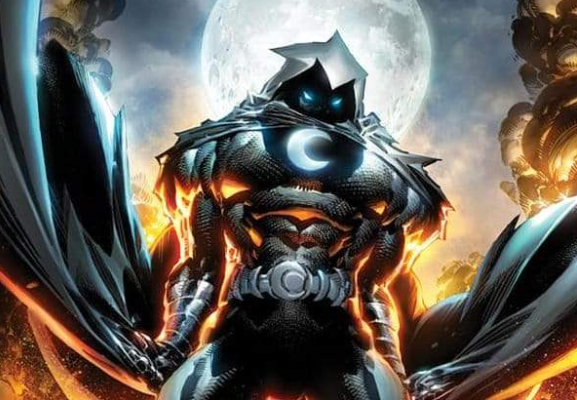
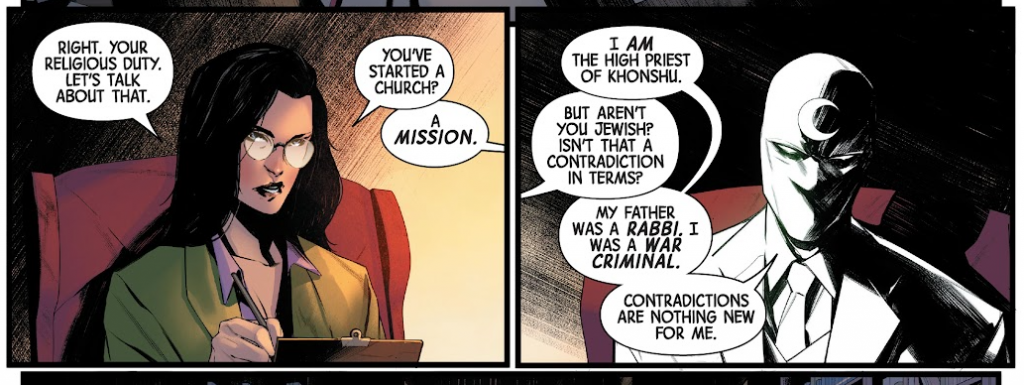
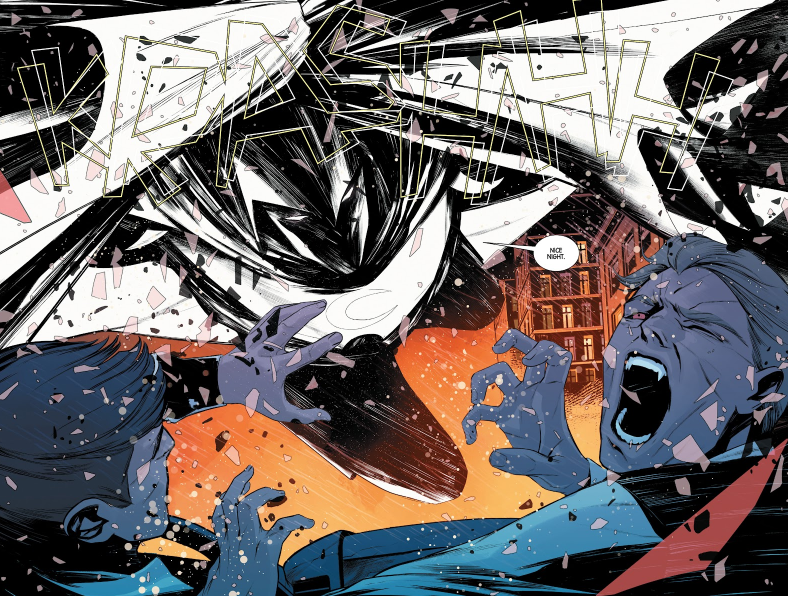


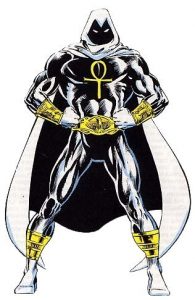




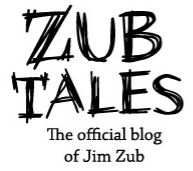

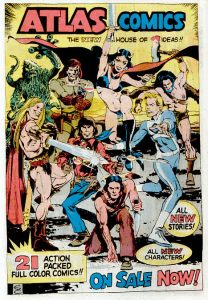

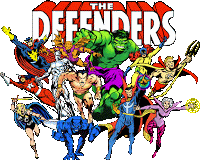


 July 22nd, 2021
July 22nd, 2021 


